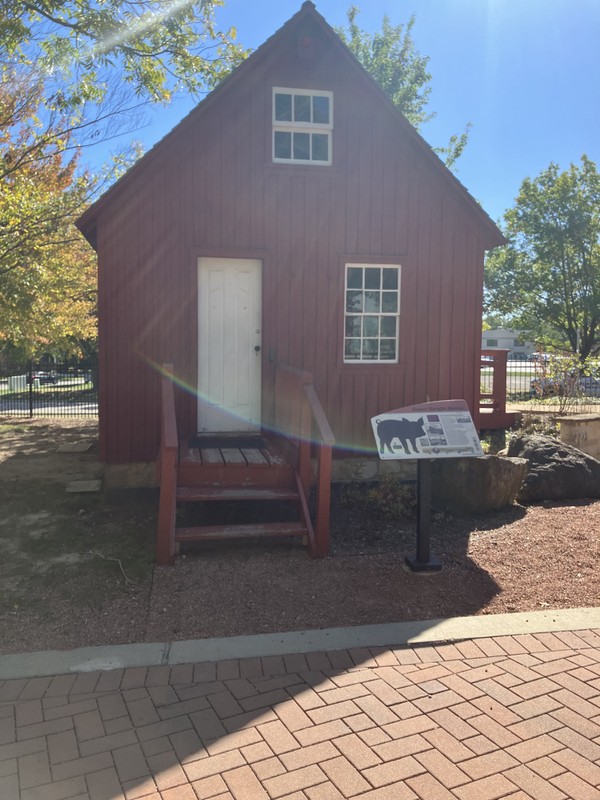Naper- Haight
Introduction
Author-Uploaded Audio
Listen to a narration of this entry's description by Jessica Toran.
Text-to-speech Audio
When Joseph Naper arrived in Illinois in July 1831, it was too late in the season to plant wheat to get him through his first winter. He planted buckwheat instead, which by autumn was a bountiful field that attracted prairie chickens who had never tasted the likes of such a grain. Over the years, his farm thrived and required farm labor to break new ground, seed, harvest, and mend fences. This simple house was built on Naper’s property on the east bank of the DuPage River in the 1850s and is believed to originally be the home of a farm laborer and his family. The building was moved to Naper Settlement in 1983.
Images

Backstory and Context
Text-to-speech Audio
Most of Naperville's early settlers were farmers. Farmers transformed the open prairie into acres of corn, wheat, oats, and pastureland for livestock. Early Naperville farms produced the food that settlers needed to survive. As the community grew, farmers cultivated crops and livestock they could sell in commercial markets. Naperville soon had some of the most productive farms in Dupage County.
Farmer John Haight bout this small board and batten house in the 1860's from the family of John Naper, the brother of Naperville Founder Joseph Naper. Haight may have used it as an outbuilding for storage or as a housing for farm laborers. He specialized in raising livestock.
